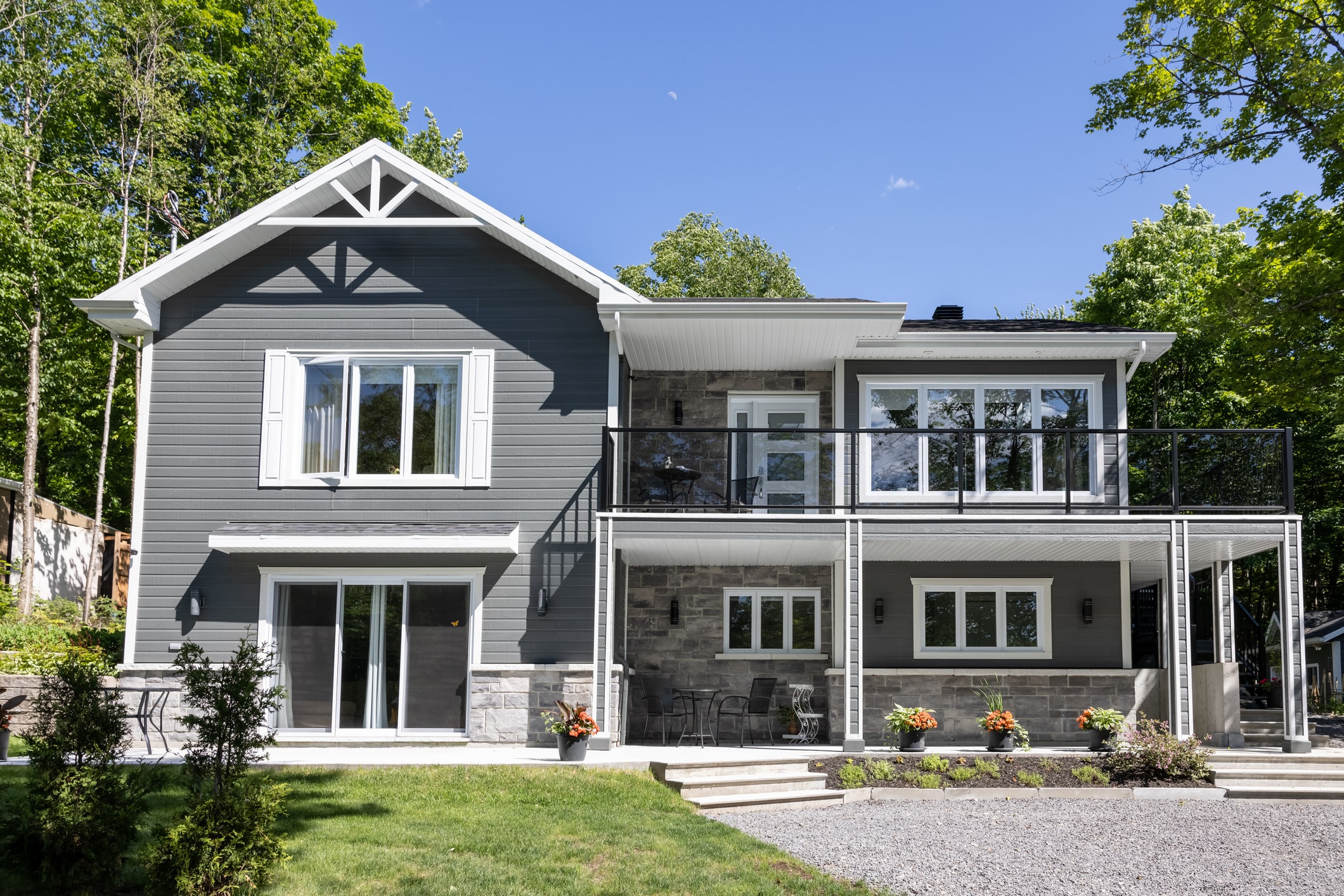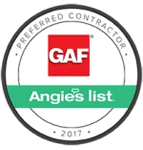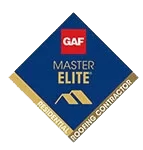
Installing James Hardie siding can be a fantastic investment for your home, providing durability and enhancing its curb appeal. However, like any home improvement project, there are common pitfalls to avoid to ensure a successful installation. Our team at NuHome guides you through the crucial aspects to avoid when installing James Hardie siding.
Poor Touch-Ups
The most frequent mistake made is related to touch-up work. Since James Hardie pre-paints and cures its siding in factories, the touch-up paint they provide may not perfectly match the sheen of the original siding. It’s crucial for contractors to be careful when applying paint to nails or minor imperfections on the siding and trim. If too much paint is used, the touch-ups can fade quicker than the factory paint on your Hardie board, resulting in noticeable splotches of faded touch-up paint that can make your siding look uneven.
Joining the Boards Improperly
When it comes to joining James Hardie siding, there are a few common mistakes that contractors can make. Here’s what you need to know:
- Gaps – When joining Hardie boards, they should be installed in “moderate contact,” meaning they should touch each other without leaving any gaps for expansion. It’s important to ensure a snug fit between the boards.
- Joint placement – James Hardie specifies that all joints should land on a stud unless you have 7/16″ wood structural paneling as sheathing. This means that the positioning of the butt joints is crucial. If not done carefully, it can create patterns like clusters, steps, or zippers, which can negatively impact the overall look of larger walls.
- Joint flashing – James Hardie recommends using a slip sheet or joint flashing behind each butt joint to prevent water penetration. Using color-matched metal slip sheets is a more durable and aesthetically pleasing option.
Nailing Too High
When installing Hardie Plank siding, air nailers are commonly used as they provide quick installation. However, one challenge with pneumatic tools is that you can sometimes lose track of where the nails are going.
It’s a common mistake to place the nails too high, thinking they can go anywhere above the nail line. If you can easily slide your hand underneath the siding, it’s likely because the boards weren’t properly installed.
To ensure secure and well-installed Hardie Plank siding, it’s crucial for installers to pay attention to the nail placement within the designated range.
Poor Caulking
To ensure a proper finish, it is recommended to leave a 1/8″ gap between Hardie siding and trim. Apply a 3/8″ bead of matching caulking to seal the edge of the siding. There are products available on the market that can be applied in wet and freezing conditions with minimal shrinkage. However, some contractors may still use excessive caulking, resulting in large and unsightly beads.
Looking for a James Hardie Siding Installer?
We’ve got you covered! At NuHome, we have a variety of options for James Hardie siding and offer professional, seamless installation. Contact our team today for a free quote!












